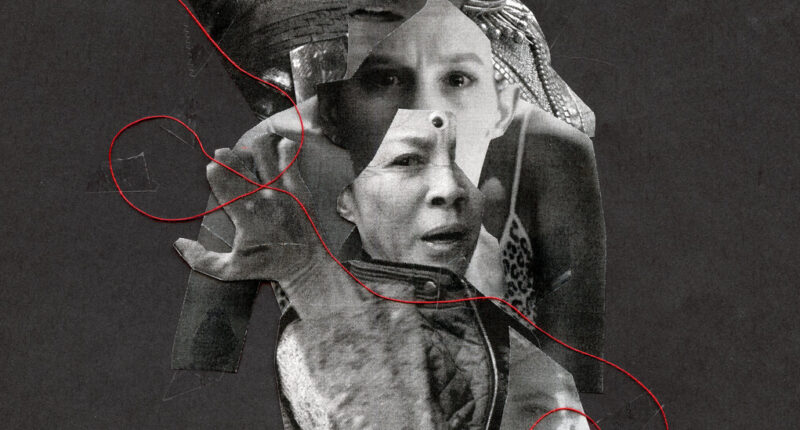
Change has since come to the movies, including, importantly, a change in consciousness about women and film. There has been a shift in “the mental horizons” of the age, to borrow a phrase from the French historian Lucien Febvre. Today, women receive directing offers and gigs that were once unimaginable, and the non-troll world seems to accept that women can star in all types of movies and that women can make movies, too. Journalists and civilians alike routinely call out the industry’s sexism, and they keep tabs on representation at studios and festivals. A newly resurgent feminism, social media, demographic change and convulsions in the business have all helped make this shift possible and so have the women directors, producers, agents, cinematographers, casting agents and many others who’ve done the hard work.
In the past, I have sometimes thought that while men are seen as auteurs, women are problems: Not long ago, the received industry wisdom was they couldn’t direct action flicks (as a female studio executive told me); they made chick flicks (a term often used condescendingly and pejoratively); and their box office triumphs were always a surprise (as innumerable news reports have insisted). This troublemaker rap hasn’t disappeared, of course, as is obvious from the false outrage that enveloped Wilde’s “Don’t Worry Darling” last year because she and her male star, Harry Styles, had become involved. It was clear to any thinking person that Wilde’s gender had helped turn that putative scandal into news. It was a dreary and bleak moment. Yet while once I might have gone out of my way to avoid panning a movie by a woman because of her unicorn status, I didn’t hesitate this time. True equality means that women should be able to succeed, fail and move on, just like men; they should be allowed to be as brilliant, flawed and human.
It can seem deeply unfair that more women and members of other marginalized groups have made inroads into this stubbornly exclusionary, historically racist and sexist business at a time when fewer people seem actually to care about movies. And, in truth, one reason women have been able to make inroads is precisely because the industry no longer resembles the highly centralized, blindingly white, overwhelmingly male-dominated enterprise it was for decades, when independence was rare and the only power most women wielded in Hollywood was as stars. One person’s crisis can be another’s opportunity, and women have continued to push forward even as the rest of the movie world has flailed.
I know that my optimism may seem strange or counterintuitive or just wishful thinking. I get it. Not all that long ago, I thought it would be best if the entire machine blew up, that the big studios just got it over with and died, making room for others to build something different and better. Certainly the movie industry seems to be doing a fine job of self-combusting. Yet the truth is that despite the statistics and awards, the movie world looks different than it did 30, 20, even 10 years ago. The world looks different. There is, as I’ve suggested, no one reason for the shift in how we think about women and film, but it is a good and hopeful shift. Change has been slow. But change is here because women have followed their muses, honed their craft and heeded their voices no matter the hurdles before them and, in doing so, they have changed ideas about cinematic representation, about who gets to be the hero on set and onscreen. Bigelow, as she reminded me in a 2009 interview, had never made a studio film. Over the past decade, DuVernay has pursued a different path and found a way to work with the system while changing it. They and so many other women are making and remaking worlds in their own image.
Source: | This article originally belongs to Nytimes.com









